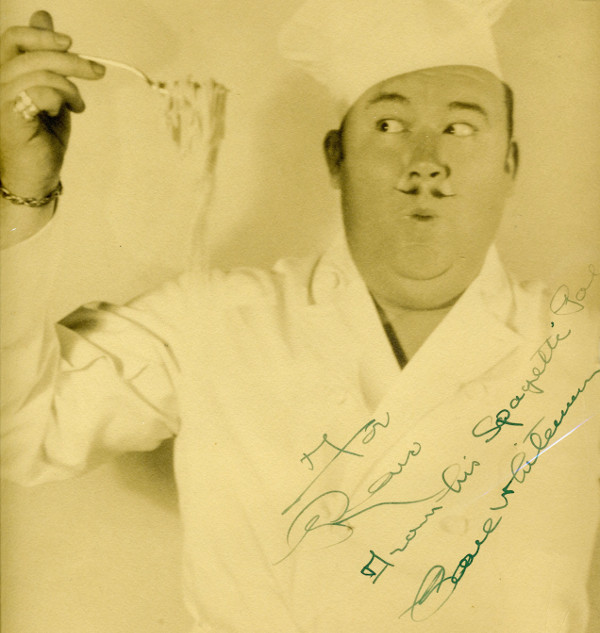
The orchestra led by Paul Whiteman, the self-proclaimed “King of Jazz,” was one of the country’s most popular musical groups in the 1920s. Playing a blend of popular and classical music that would hardly be classified as jazz today, Whiteman sold millions of records. He did indeed begin to hone his style here in Santa Barbara.
Whiteman was born in 1890 and grew up in Denver. His father, a music supervisor for the schools, started his son on violin lessons early on. Several years later, Whiteman also took up the viola, and at age 17, he appeared as a soloist with the Denver Symphony Orchestra. In 1915, he earned the first viola chair in the Panama-Pacific International Exposition orchestra and played for a time with the San Francisco Symphony Orchestra. After the U.S. entered the First World War in 1917, Whiteman served at the Mare Island naval training station at San Francisco Bay. After the war, he began to move away from his classical roots, leading a band that played popular music and dance tunes at the Fairmont Hotel. In 1919, he began recruiting musicians for a new band and secured a position at Santa Barbara’s Belvedere Hotel.

Whiteman and his group arrived here to play at the grand opening of the Belvedere (formerly the Potter Hotel) as well as the opening of the Santa Barbara Horse Show. Jazz was just beginning to develop a nationwide following. Whiteman’s group very rarely swung with the kind of rhythm now associated with jazz. Rather, Whiteman offered listeners a mix of popular songs, danceable tunes, and light classics, often rearranged to give them a “jazzier” feel. For example, one of the bandleader’s first recordings was based on a song from a Puccini opera.
To modern ears, Whiteman’s music sounds dated and over-orchestrated. Yet there is no denying his popularity as he moved from Santa Barbara to Los Angeles to New York to Europe, all to wild acclaim. One of his biggest hits, in 1923, sold 3.5 million records, a huge number for that time. He also had an eye for talent and was a musical innovator. He commissioned George Gershwin to write “Rhapsody in Blue.” Among the musicians who worked for him were such jazz luminaries as trumpeter Bix Beiderbecke, trombonist Jack Teagarden, and violinist Joe Venuti. He was one of the first to use singers. For a time, he employed a vocal trio, the Rhythm Boys, one member of which, Harry Lillis Crosby, would go on to greater fame under his nickname, Bing.
Whiteman returned to Santa Barbara from time to time. His show in February 1925 was well-received by the audience, if not a local critic who wrote about the “jangling cacophony of jazz music … made up of the illegitimate forms, the dissonances, the faked rhythms, and polyglot themes” that only “tin-eared experts” could enjoy. At the end of the evening, Whiteman thanked his audience, reminding it that his career had begun here.
Four years later, he took time off from filming The Jazz King in Los Angeles to perform at the Granada Theatre to benefit Fiesta. He also brought his band in to perform on the Friday night of Fiesta that year. De la Guerra Street, between State and Anacapa streets, was blocked off and a large platform set up in De la Guerra Plaza for a giant street dance. The event attracted thousands.
The rise of bands like those of Ellington, Basie, and Goodman pushed Whiteman into eclipse. For a few years though, the man who got his start in a hotel ballroom in Santa Barbara was the biggest thing in popular music.



